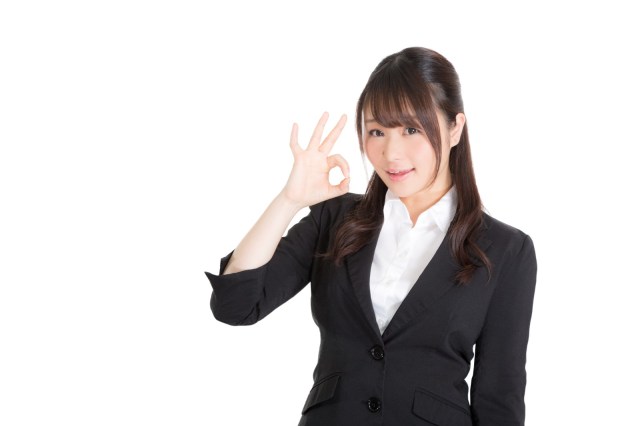
From the downright obvious to the surprising yet amusing, Japanese Sign Language has it all.
If you’re learning Japanese, you’re already familiar with the basics such as arigatou or konnichiwa. But in order to be a true Japanese master, and to truly be able to communicate with everyone you meet in Japan, it might be nice to learn those phrases in Japanese Sign Language (JSL) as well.
JSL uses signs based on Japanese culture, and some of them may be pretty surprising to a non-Japanese person. While I’ve been studying JSL recreationally for a while now, I decided to enlist the help of someone much more experienced to help demonstrate them: my friend Kei, who holds a JSL qualification.
Here are a few examples of JSL with some pretty interesting reasoning behind them.
1. Arigatou — “Thank you”
In a society as notoriously polite as Japan, this phrase should be on the top of the list of things to learn. The Japanese Sign Language gesture for “thank you” originates from the gestures that sumo wrestlers do when they accept their winnings post-match.
▼ You can see it in action here at around the 0:55 mark.
2. Konnichiwa — “Good afternoon/hello”
While there are multiple ways to greet someone, this one is the easiest to understand, as bowing is so ingrained into Japanese everyday life that even the wildlife here is doing it. The sign for greeting someone imitates two people bowing to each other.
3. Conbini — “Convenience store”
Convenience stores in Japan really embody the spirit of the word “convenient.” Not only do they stock a plethora of delicious foods, they are also open twenty-four hours a day — useful if you get hungry in the middle of the night or just really need to use the toilet.
The JSL sign for conbini makes use of the “all-day, every day” aspect of convenience stores by signing the number “24.”
4. Onii-chan/otouto — “Older brother/younger brother”
Some of you may feel that this middle-finger sign transcends all language barriers and is the perfect way to describe your own sibling, but in Japan it doesn’t have the same connotations as in other countries.
This sign is referring to the “finger family” — otousan-yubi (“father finger,” thumb), okaasan-yubi (“mother finger,” index finger) and so on. The middle finger represents the brother, with the ring finger for sister and pinky for baby.
Gesture the middle finger upward for “older brother” and downward for “younger brother.” Maybe don’t use this one outside of Japan, though.
5. Busu — “Ugly”
The sign for “ugly” is pretty easy to interpret, regardless of your level of Japanese or experience with JSL: “your face is thumbs-down.”
Busu is an insult meaning “ugly” and much like in spoken terms, is best not signed in polite circles. Considering the “thumbs down” sign has much more serious implications and may be similar to the middle finger in other countries, this gesture really hammers home the idea that someone’s face, well… isn’t good.
If you’re looking for a place to practice your newfound Japanese Sign Language skills, or want to pick up some more useful phrases, the sign-language Starbucks in Tokyo might be a fun place to flex your fingers.
Featured image: Pakutaso
Insert images: ©SoraNews24
● Want to hear about SoraNews24’s latest articles as soon as they’re published? Follow us on Facebook and Twitter!

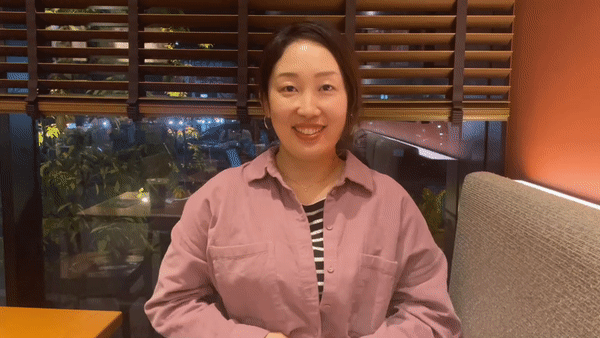
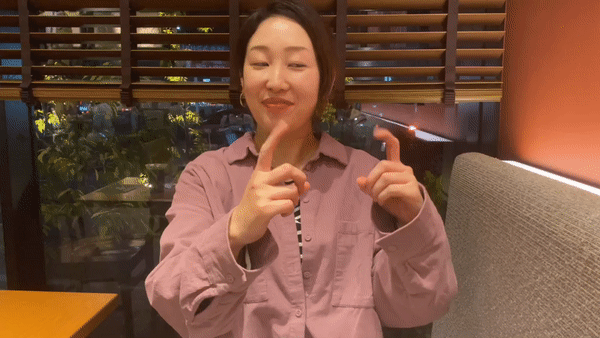
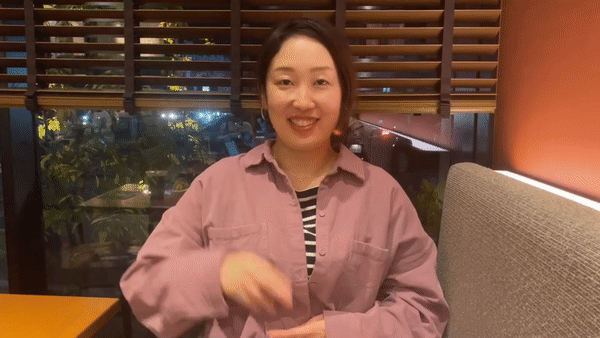
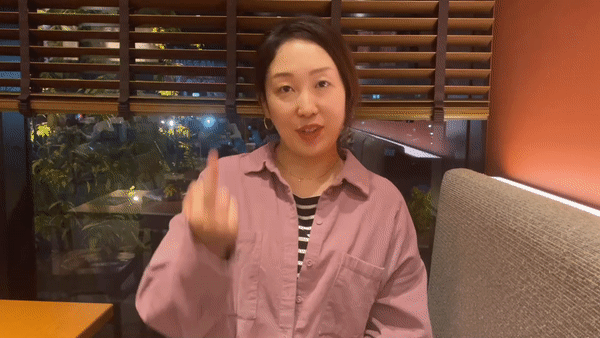
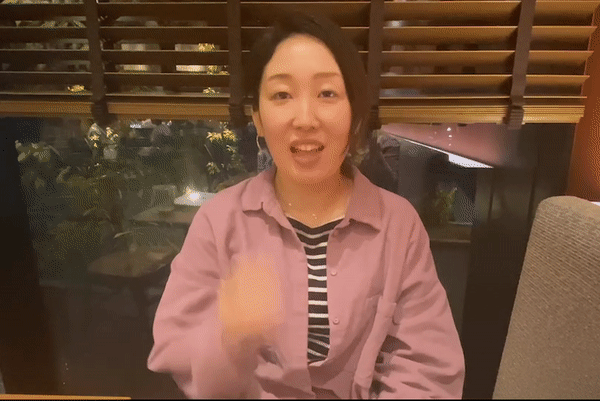
 Japanese tourist center asks small-penised travelers to not make a mess in the bathroom
Japanese tourist center asks small-penised travelers to not make a mess in the bathroom Hilarious Japanese commercial shows what happens when you beat the company president
Hilarious Japanese commercial shows what happens when you beat the company president Two incredibly important phrases to remember when shopping in Japan
Two incredibly important phrases to remember when shopping in Japan Cats bowing in apology is Japan’s latest weird gacha capsule toy collection
Cats bowing in apology is Japan’s latest weird gacha capsule toy collection Korean fashion trend reveals significance of wearing rings on different fingers
Korean fashion trend reveals significance of wearing rings on different fingers Red light district sushi restaurant in Tokyo shows us just how wrong we were about it
Red light district sushi restaurant in Tokyo shows us just how wrong we were about it Pokémon Sleep camping suite and guestrooms coming to Tokyo Hyatt along with giant Snorlax burgers
Pokémon Sleep camping suite and guestrooms coming to Tokyo Hyatt along with giant Snorlax burgers Sandwiches fit for a sumo served up in Osaka【Taste Test】
Sandwiches fit for a sumo served up in Osaka【Taste Test】 McDonald’s new Happy Meals offer up cute and practical Sanrio lifestyle goods
McDonald’s new Happy Meals offer up cute and practical Sanrio lifestyle goods Tokyo Tsukiji fish market site to be redeveloped with 50,000-seat stadium, hotel, shopping center
Tokyo Tsukiji fish market site to be redeveloped with 50,000-seat stadium, hotel, shopping center Akihabara pop-up shop sells goods made by Japanese prison inmates
Akihabara pop-up shop sells goods made by Japanese prison inmates Starbucks Japan adds a Motto Frappuccino to the menu for a limited time
Starbucks Japan adds a Motto Frappuccino to the menu for a limited time Japanese ramen restaurants under pressure from new yen banknotes
Japanese ramen restaurants under pressure from new yen banknotes Beautiful Red and Blue Star luxury trains set to be Japan’s new Hokkaido travel stars
Beautiful Red and Blue Star luxury trains set to be Japan’s new Hokkaido travel stars Anime girl English teacher Ellen-sensei becomes VTuber/VVTUber and NFT
Anime girl English teacher Ellen-sensei becomes VTuber/VVTUber and NFT All-you-can-drink Starbucks and amazing views part of Tokyo’s new 170 meter-high sky lounge
All-you-can-drink Starbucks and amazing views part of Tokyo’s new 170 meter-high sky lounge More foreign tourists than ever before in history visited Japan last month
More foreign tourists than ever before in history visited Japan last month French Fries Bread in Tokyo’s Shibuya becomes a hit on social media
French Fries Bread in Tokyo’s Shibuya becomes a hit on social media Studio Ghibli releases new action figures featuring Nausicaä of the Valley of the Wind characters
Studio Ghibli releases new action figures featuring Nausicaä of the Valley of the Wind characters New private rooms on Tokaido Shinkansen change the way we travel from Tokyo to Kyoto
New private rooms on Tokaido Shinkansen change the way we travel from Tokyo to Kyoto Starbucks reopens at Shibuya Scramble Crossing with new look and design concept
Starbucks reopens at Shibuya Scramble Crossing with new look and design concept Studio Ghibli glasses cases let anime characters keep an eye on your spectacles
Studio Ghibli glasses cases let anime characters keep an eye on your spectacles Beautiful Ghibli sealing wax kits let you create accessories and elegant letter decorations【Pics】
Beautiful Ghibli sealing wax kits let you create accessories and elegant letter decorations【Pics】 Studio Ghibli releases Kiki’s Delivery Service chocolate cake pouches in Japan
Studio Ghibli releases Kiki’s Delivery Service chocolate cake pouches in Japan New definition of “Japanese whiskey” goes into effect to prevent fakes from fooling overseas buyers
New definition of “Japanese whiskey” goes into effect to prevent fakes from fooling overseas buyers Our Japanese reporter visits Costco in the U.S., finds super American and very Japanese things
Our Japanese reporter visits Costco in the U.S., finds super American and very Japanese things Studio Ghibli unveils Mother’s Day gift set that captures the love in My Neighbour Totoro
Studio Ghibli unveils Mother’s Day gift set that captures the love in My Neighbour Totoro New Japanese KitKat flavour stars Sanrio characters, including Hello Kitty
New Japanese KitKat flavour stars Sanrio characters, including Hello Kitty New Pokémon cakes let you eat your way through Pikachu and all the Eevee evolutions
New Pokémon cakes let you eat your way through Pikachu and all the Eevee evolutions Disney princesses get official manga makeovers for Manga Princess Cafe opening in Tokyo
Disney princesses get official manga makeovers for Manga Princess Cafe opening in Tokyo Sales of Japan’s most convenient train ticket/shopping payment cards suspended indefinitely
Sales of Japan’s most convenient train ticket/shopping payment cards suspended indefinitely Sold-out Studio Ghibli desktop humidifiers are back so Totoro can help you through the dry season
Sold-out Studio Ghibli desktop humidifiers are back so Totoro can help you through the dry season Japanese government to make first change to romanization spelling rules since the 1950s
Japanese government to make first change to romanization spelling rules since the 1950s Ghibli founders Toshio Suzuki and Hayao Miyazaki contribute to Japanese whisky Totoro label design
Ghibli founders Toshio Suzuki and Hayao Miyazaki contribute to Japanese whisky Totoro label design Doraemon found buried at sea as scene from 1993 anime becomes real life【Photos】
Doraemon found buried at sea as scene from 1993 anime becomes real life【Photos】 Tokyo’s most famous Starbucks is closed
Tokyo’s most famous Starbucks is closed One Piece characters’ nationalities revealed, but fans have mixed opinions
One Piece characters’ nationalities revealed, but fans have mixed opinions We asked a Uniqlo employee what four things we should buy and their suggestions didn’t disappoint
We asked a Uniqlo employee what four things we should buy and their suggestions didn’t disappoint Princesses, fruits, and blacksmiths: Study reveals the 30 most unusual family names in Japan
Princesses, fruits, and blacksmiths: Study reveals the 30 most unusual family names in Japan Starbucks Japan opens first sign-language store in Tokyo
Starbucks Japan opens first sign-language store in Tokyo The clever way Japanese drivers thank each other without saying a word【Video】
The clever way Japanese drivers thank each other without saying a word【Video】 Message to foreigners at Japanese convenience store sparks controversy online
Message to foreigners at Japanese convenience store sparks controversy online How do you say ‘Google it, you trash’ in British English? Answer surprises many in Japan
How do you say ‘Google it, you trash’ in British English? Answer surprises many in Japan This Miyazaki bar’s theme is “ugliness”, also offers arm wrestling, and discounts for bald people
This Miyazaki bar’s theme is “ugliness”, also offers arm wrestling, and discounts for bald people How do you say “Happy New Era” in Japanese?
How do you say “Happy New Era” in Japanese? “The revolutionary way to pick your nose!” We try out the Nose Picker
“The revolutionary way to pick your nose!” We try out the Nose Picker Our reporter orders food from Uber Eats, falls in love, learns that fate works in mysterious ways
Our reporter orders food from Uber Eats, falls in love, learns that fate works in mysterious ways Should saying thanks at a Japanese convenience store go without saying?
Should saying thanks at a Japanese convenience store go without saying? Japanese politeness is a myth: One person’s tale strikes a chord with people around the country
Japanese politeness is a myth: One person’s tale strikes a chord with people around the country De-stress and breathe easy with handy tip from Japanese vocal technique specialist
De-stress and breathe easy with handy tip from Japanese vocal technique specialist Starbucks Japan releases beautiful sign-language mug at its first sign-language branch in Tokyo
Starbucks Japan releases beautiful sign-language mug at its first sign-language branch in Tokyo Foreign English teachers in Japan pick their favorite Japanese-language phrases【Survey】
Foreign English teachers in Japan pick their favorite Japanese-language phrases【Survey】 Funny signs in Japan: 7-Eleven enters the ring with a humorous notice for drivers
Funny signs in Japan: 7-Eleven enters the ring with a humorous notice for drivers Japanese custom of bowing to cars at crosswalks keeps locals safe, warms Internet’s hearts【Video】
Japanese custom of bowing to cars at crosswalks keeps locals safe, warms Internet’s hearts【Video】 Domestic robot Pepper can’t stop flipping people off in Japan 【Photos】
Domestic robot Pepper can’t stop flipping people off in Japan 【Photos】
Leave a Reply